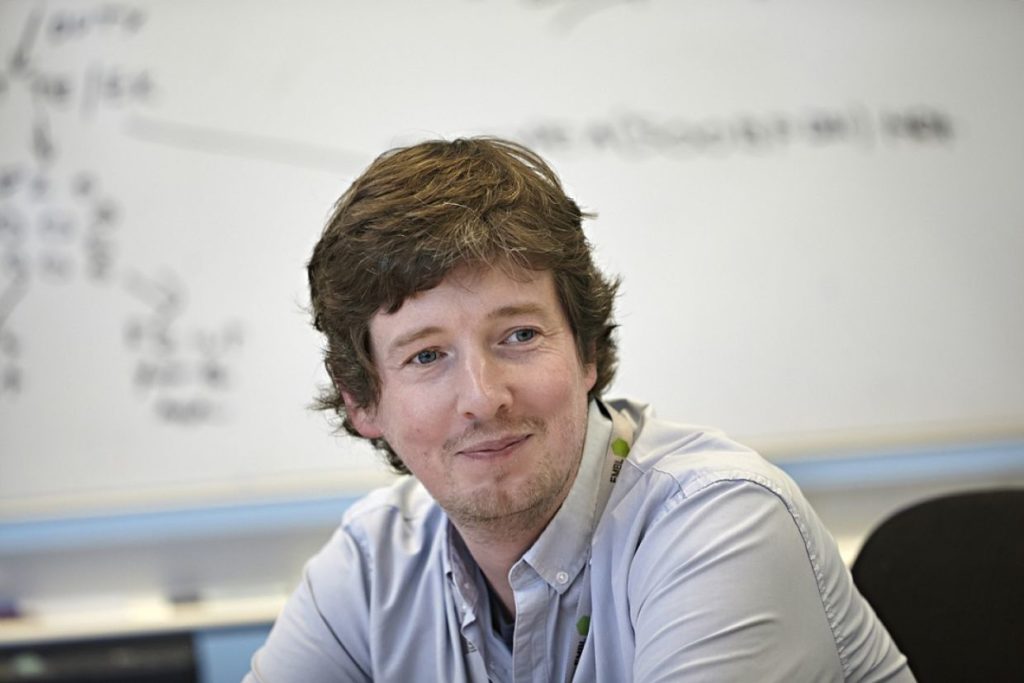The many faces of Robin Hobbs

The literary inclined among you will realise that Robin Hobbs shares his name with a renowned fantasy novelist. What you may not know is that he also shares his name with an English leg spinner of the late 60s/early 70s.
While there are many Robin Hobbs, there is only one in the world of science – the Robin Hobbs of The Regenerative Medicine Institute (ARMI).
Robin has been at ARMI for around four years now and says that the things he enjoys most are the diverse range of research being conducted there and the dynamic and enthusiastic nature of the scientific environment, probably owing to the high number of junior group leaders, including himself.
Like many of the contemporaries at the Institute, Robin hails from overseas – in his case, England. But that hasn’t stopped him from enjoying his adopted country, citing his interest in indigenous art and Australian wines, his favourite being the cool climate shiraz from the Adelaide Hills, both of which makes him as Australian as Mick Dundee.
Research
But what is truly fascinating about Hobbs is the research of his group – to identify and define the critical molecular mechanisms underlying adult stem cell function. The Hobbs group investigates this using germline stem cells from the mouse testis. These cells are also known as spermatogonial stem cells or SSCs for short.
What the group hopes to achieve is to unlock the self-renewal capabilities of adult stem cells. Robin is first to admit that his research, which focuses on genes such as Plzf and Sall4 (which are required for SSC function and male fertility), is challenging to translate into clinical research, but says that a discovery could have importance in the understanding and treatment of fertility, cancer and tissue regeneration.
When Robin started working in the SSC field a decade ago, very little was known regarding the genes involved in their regulation and functional properties of these cells. “Our discovery that the gene Plzf was essential for SSC maintenance was fortuitous and based on development of mice lacking this gene,” says Robin. This discovery provided a starting point for the field to identify many other genes involved in SSC function. Importantly, Plzf is thought to have a similarly critical role in human SSCs and fertility.
As Robin explains, “Basic research on the genes and cellular pathways involved in mammalian SSC function may seem detached from the clinic but provides essential groundwork for future breakthroughs in the regenerative medicine and male fertility fields.”
